I have been super busy at work and unable to post on the blog,
I snagged this off "Sandboxx"
With tensions between the United States and Russia once again simmering to a boil, Russia’s massing of troops and hardware along Ukraine’s borders have prompted a resurgence in concern about what a war between these former Cold Warriors might look like. Russia has made a spectacle of unveiling new and exotic weapon systems and combat platforms in recent years, from stealth fighters to nuclear doomsday torpedoes and seemingly everything in between.
But there’s a difference between developing a platform or weapon and deriving any actual tactical or strategic value from it, and while that idea is often lost in the sea of headline-grabbing buzzwords like hypersonic, nuclear, and stealth, Russia has placed much more focus on the former than the latter in recent years.
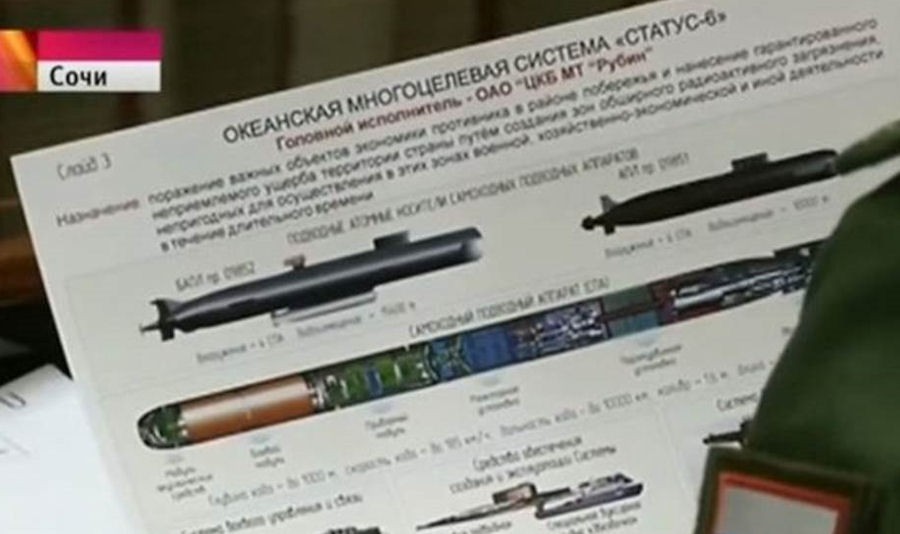
Let there be no doubt, a war between NATO and Russia would only end one of two ways: With Russia eventually suffering a defeat because it lacked the economic power it needed to sustain combat operations on such a large scale… or with a nuclear exchange that would end our world as we know it. As bad as the nuclear option may be, victory in a conventional war likely wouldn’t be much to celebrate either. Russia and its allies would all but certainly exact a punishing tole on American and NATO forces, likely quickly capturing the Suwalki Gap and severing the Baltics from the rest of Europe as the conflict ballooned away from Ukraine and into what would have a strong likelihood of becoming a new World War.
It’s clear, then, that war is an unacceptable outcome that leaders on both sides of this conflict are likely hoping to avoid (while continuing to pursue their own geopolitical interests, of course), but if a conflict were to result, it’s important to have a clear-eyed perspective on just how capable Russia’s advanced weapons, tanks, and aircraft really are.
Russia emphasizes hybrid warfare because it’s cost effective
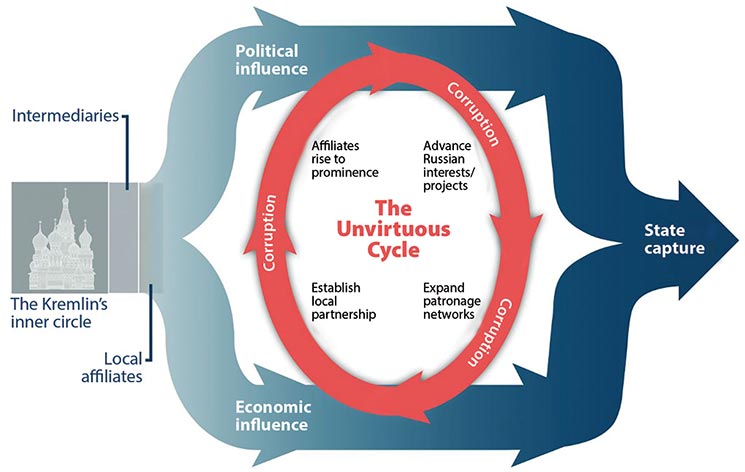
During the Cold War, the United States and Soviet Union played the roles of competing super powers, with each nation investing heavily into new weapons technology they hoped would give them a decisive edge against the competition. Of course, the Soviet Union fell in the early 1990s, leaving the Russian people to pick up the pieces and the United States reigning as the world’s sole remaining super power.
Less than a decade after the fall of the Soviet Union, Vladimir Putin (a Russian politician and former KGB agent) rose to power, and although he’s shuffled titles periodically to avoid term limits, the nation has remained under his control in one form or another since 1999. Putin is a popular figure among large portions of the Russian people (thanks in no small part to a government-controlled media) but internationally, he’s seen as an aggressive leader with few qualms about ending lives as he pursues his vision of restoring his nation to its former Soviet glory. Over the years, Putin has been tied to a number of public assassinations and attempts, including the poisoning of a former Russian military intelligence officer turned MI6 informant (Sergei Skripal) on English soil in 2018.
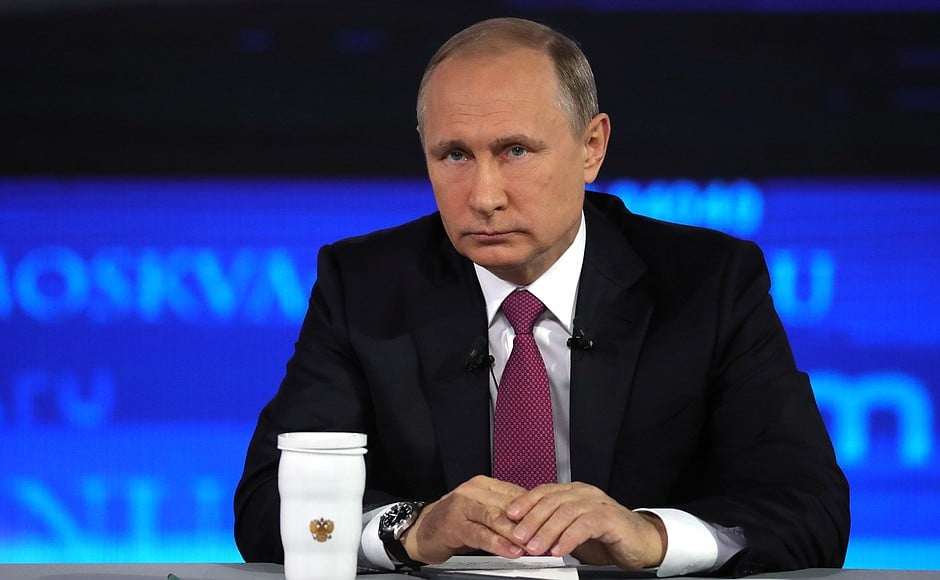
It’s because of Russia’s aggressive foreign policy that the nation’s economy has struggled to find new footing since the end of the Soviet glory days. Russia’s military annexation of Crimea from Ukraine in 2014 serves as one significant example of Russia’s knack for circumventing international norms through the use of irregular warfare. Russia’s attempts to influence foreign elections in Europe and the United States serve as yet another.
Russia’s aggresive foreign policy has hindered military modernization
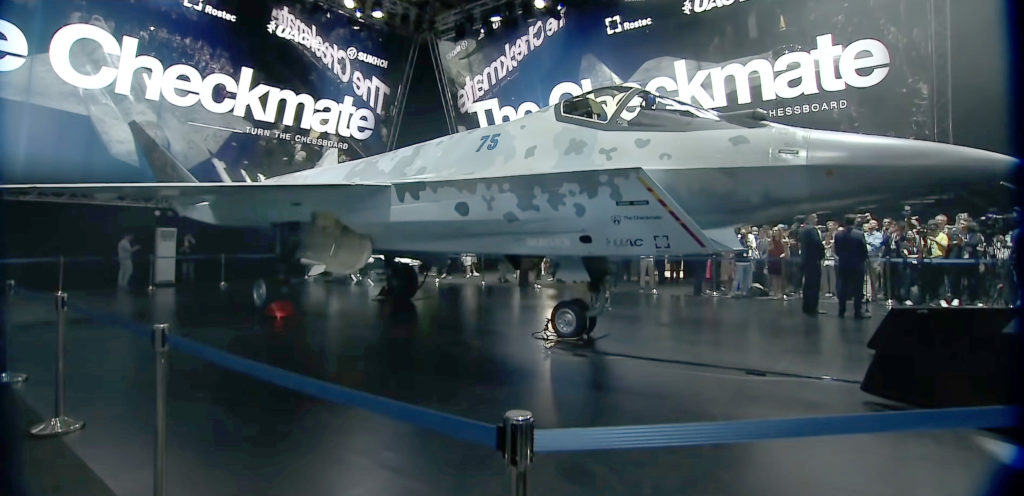
Sanctions placed on Russia by the international community following those and countless other incidents have left the Russian military with an ever-shrinking pot of money to invest in Putin’s force-wide modernization efforts. As a result, Moscow has adopted a “best bang for their buck” mentality, with less emphasis placed on actual combat operations, and far more placed on developing high profile weapons that draw global attention. That attention helps Russia posture as though they remain a potent global military threat, while also bolstering foreign weapons sales—providing the nation’s military apparatus with a much-needed injection of funds.
But not all of these “advanced” Russian weapons are quite what they seem. In fact, many of Russia’s high profile technological leaps in military prowess have since proven to be little more than publicity stunts. The Su-57, Russia’s 5th-generation stealth fighter, exists in too few numbers to matter even if it were as capable as they claim. Expert assessments place their premier stealth fighter’s radar cross-section as about comparable to that of America’s 4th generation F/A-18 Super Hornet, and their recently unveiled Checkmate fighter, if it ever flies at all, will almost certainly be even less stealthy.
Likewise, Russia’s T-14 Armata main battle tank may also prove to be among the best in the world, if only Russia could afford to build any. Like the Su-57, Russia has been unable to produce the T-14 in any appreciable numbers, with the most recent projections saying serial production will begin sometime this year. It’s important to note that the Su-57 may yet to prove highly capable at the sorts of missions it was designed to fly, and the T-14 would offere a marked improvement over Russia’s existing tank platforms… but a lack of funding has left these points moot.
But while capable platforms like those wait patiently for enough Rubles to kick-start production, these other headline-grabbing efforts made a splash in the media in recent years, only to quietly fail once the cameras were off.

Back in 2018, Russia’s state-owned media outlets were aflutter with reports of the Russian military’s new advanced infantry support drone dubbed the Uran-9. Shortly after the platform was unveiled, Moscow announced that they were deploying the drone mini-tank to Syria, where it would participate in combat operations in support of Bashar Al Assad’s Russian-backed regime.
At first glance, the Uran-9 looked like something to behold. The tread equipped mini-tank boasts a 30mm 2A72 autocannon as it’s primary weapon, along with a 7.62-chambered PKTM machine gun, four anti-tank missiles and 6 thermobaric rocket launchers. It was designed to work via remote control and, according to Russian media, was built to withstand heavy fighting in urban environments.
It wasn’t until a few months later that reports of just how poorly the Uran-9 performed in combat started to bubble to the surface. In a Russian Security Conference held later in 2018, A.P. Anisimov, a Senior Research Officer from the 3rd Central Research Institute of the Russian Defence Ministry, discussed a laundry list of issues the Uran-9 encountered before offering his final conclusion that the platform simply couldn’t do the tasks it was built to do.
Aside from lots of structural problems with the chassis and weapons platforms, operators regularly lost control of the Uran-9 when line-of-sight was obstructed. The platform also used a non-stabilized video camera for targeting, which Anisimov described as making identifying, tracking, or engaging any targets at any distance nearly impossible.
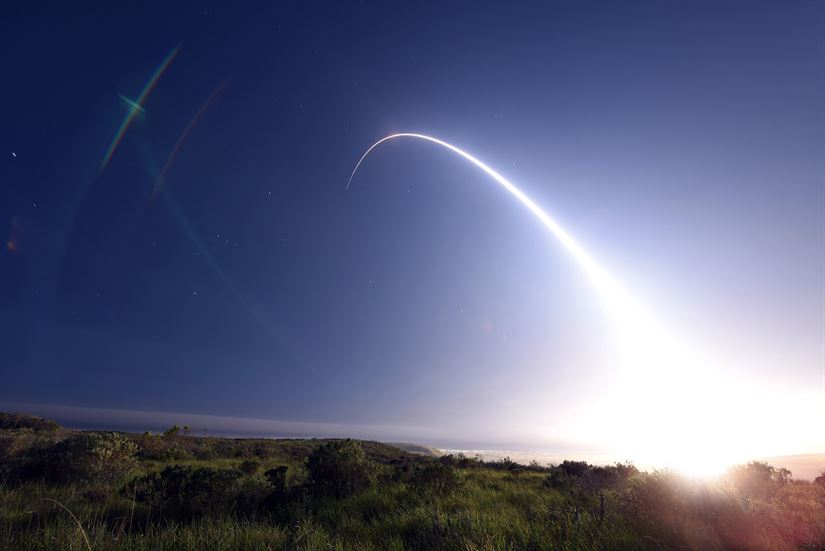
Vladimir Putin delivered a national address in March of 2018 that, among other things, touted a number of new and highly advanced Russian missile systems. Although he discussed a number of missiles, it was the nuclear-powered cruise missile NATO has dubbed the SSC-X-9 Skyfall (known in Russia as the 9M730 Burevestnick) that caught the most attention.
According to Putin, this new missile would have a near-unlimited range thanks to its on-board nuclear reactor. That would theoretically allow the missile to strike any target in the world, as well as allowing for evasive maneuvers to avoid being intercepted by anti-missile defense systems. As a result, Putin called it “invincible.”

The idea of a nuclear-powered cruise missile wasn’t particularly new. The United States experimented with nuclear propulsion systems in the 1950s, but scrapped the effort out of concerns that the nuclear-system could spread radiation on anything below its flight path. Concerns about the safety of such a propulsion system were once again brought to light after a Skyfall cruise missile went missing after its nuclear engine failed to fire and the missile fell into the ocean. Another explosion at Russia’s Nenoska test range was believed to have involved the same missile. It reportedly killed five to seven scientists.
American intelligence agencies have spoken publicly about Putin’s “invincible” missile, pointing out that thus far, the nuclear propulsion system has failed to propel the missile in every test launch Russia has attempted.
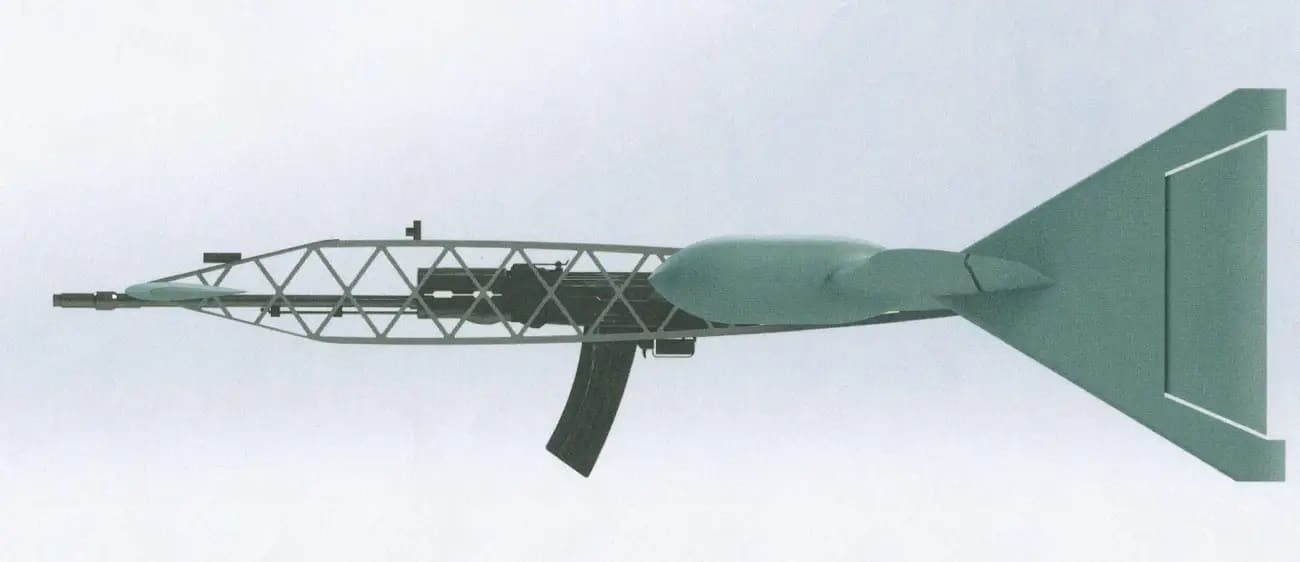
In 2019, Russian media unveiled what they claimed would be a game-changing technology: a new drone that, at first glance, appeared to be equipped with an AK-47, but that later turned out to be intended for use with an AK-style Carbine Vepr-12 Hummer 12 gauge shotgun. The small drone was reminiscent of a remote-controlled airplane, with what looked like a standard issue rifle occupying the majority of the fuselage. Of course, building an aircraft around a weapons system worked for the A-10 Thunderbolt II, but a 12-gauge shotgun is no GAU-8 Avenger.
At first glance, the drone seemed pretty cool, but the more you think about it, the less effective a single flying shotgun with a 10-round magazine could really be in practically all combat situations. Unlike quad-rotor drones that can hover in place and take careful aim, this drone has to maintain forward momentum to keep from crashing–which makes it extremely difficult to level the weapon directly at a target. That became even more apparent when video was released of the drone in action.

This drone might seem like a whole lot of fun to operate, but it certainly won’t tip the scales of any conflict in Russia’s favor.

Even at the height of it's power the USSR was at best a second tier nation/economy. Feared only because of it's extensive nuclear arsenal.
ReplyDeleteNow it would struggle to be considered even second tier. But it still
retains a significant nuclear capacity. Proof that you don't need an
extremely capable military if you are looking to make people nervous.
You just need canned sunshine. However....in any conflict short of nuclear
that Russia would engage in they would have one significant advantage.
"Homefield" advantage. Nothing to sneeze at. Just ask Hitler and Napoleon.
You just need to sink 11 or so aircraft carrier's and have high quality antiaircraft systems and America is neutered.
ReplyDeleteThe Russians (and Chinese) dont want to go to war. They see us as failing rapidly (tell the truth, don't you,) and their job is to keep moving forward to create systems that don't depend on us.
It doesn't hurt their case that every ruble spent on military research and production is focused on making the best for the country. Our money goes mostly to corruption and cronyism. Spread the benefits around enough and nobody notices that the only benefit is the spreading, not the wheapon, c.f. The F-30.
Lastly, this is about Nordstream 2 and European-Asian economic integration, not Ukraine.
And that last bit about European-Asian integration translates to End Of Empire.
DeleteIf the USA can't beat some dirt dwelling, sodomites they don't stand a chance against Russia and China. Don't fool yourself. Besides; at this point God is on Russia's side I'm sure. America is the whore of Babylon.
ReplyDeleteSeveral thousand miles of ocean between Europe and our Army tailored for fighting the 3rd world. We don't have the stomach to fight for Europe and pray tell why exactly should we, it would be over quickly or go nuclear.
ReplyDeleteI would put the Chinese People's Army and Navy in the same boat.
ReplyDeleteSome things work, some don't... but they DO keep trying.
ReplyDelete